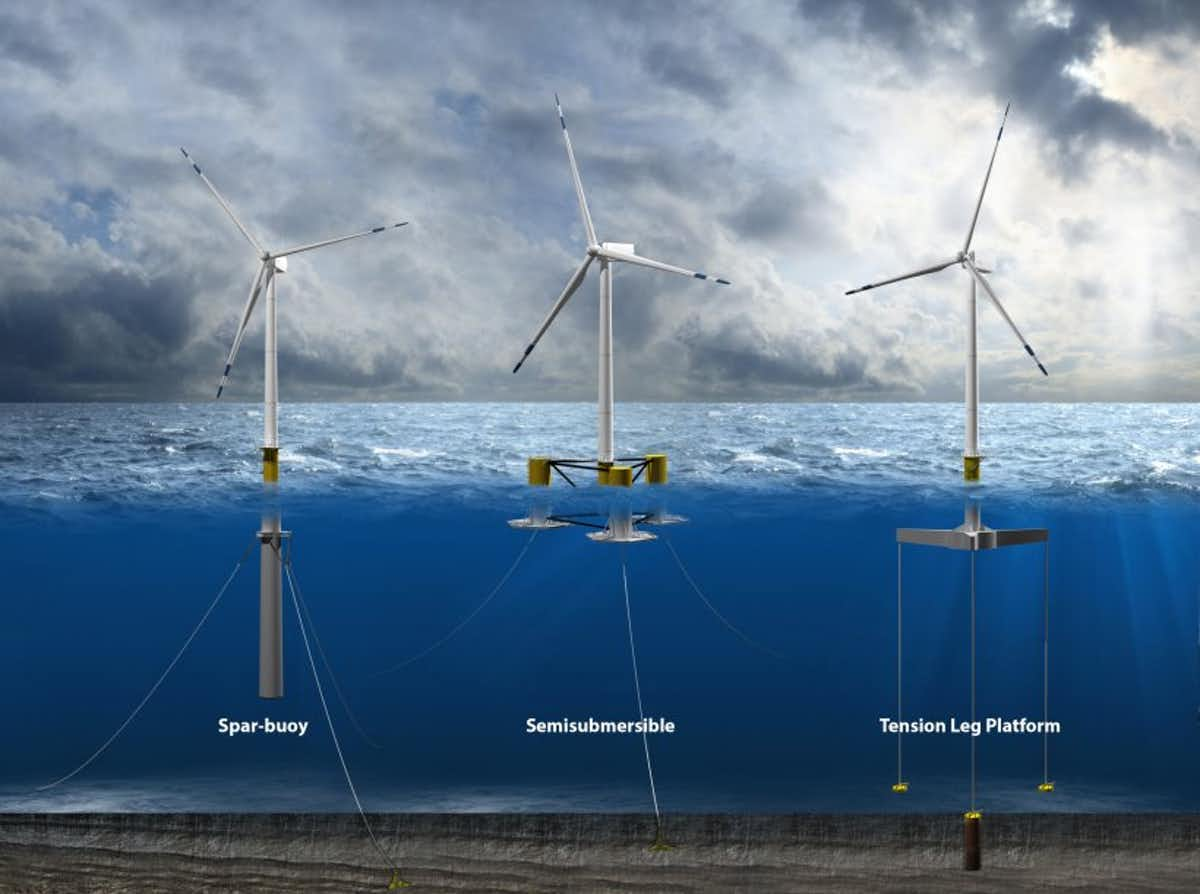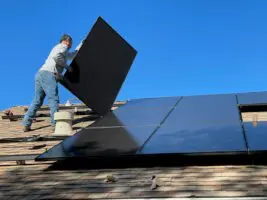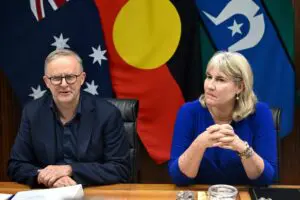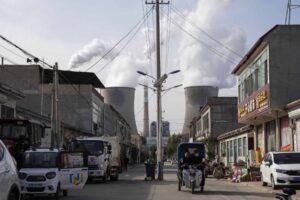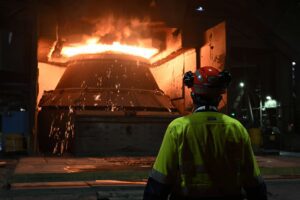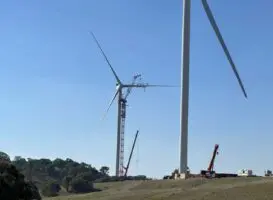Australia is “ripe” for innovation in floating offshore wind farms, and could use its deep ports, offshore know-how and excellent wind conditions to become a “first mover” country for the new technology, according to a new study.
Oceanex commissioned the report from consultants MBB Group to look into the supply needs for its plans to build at least two multi-gigawatt offshore wind projects using floating foundations, and tapping into demand from green hydrogen and the retirement of coal generators.
Oceanex is initially targeting projects off the coast of the Hunter and Illawarra coal regions, with two different 2GW projects, and the possibility of two others either closer to Sydney or further south near Eden.
There is growing interest in offshore wind, with at least 12 different projects identified by different developers across Australia, and the market operator also outlining the potential of up to 40GW of capacity in four different offshore zones.
Offshore wind is being promoted because of the scale of the projects can replace some of the coal capacity expected to retire over the next 10 to 15 years, and because it can tap into the existing infrastructure.
Costs have traditionally been high, but they are falling rapidly, thanks to the sheer scale of the projects and the size of the turbines that can be located offshore. A recent auction in German resulted in winning tenders from offshore wind projects that required no subsidy.
The Australian federal government has only recently issued new legislation that will allow feasibility studies and permit offshore wind projects to be built in Commonwealth waters.
The Oceanex-MBB study says there is a real opportunity for NSW to become a leader in the development of floating foundations, needed for the type of deep waters that are found off the coast in much of Australia.
It notes that this could maximise opportunities for NSW manufacturers and suppliers, and for jobs in the Hunter and Illawarra regions, which face a significant transition as coal generators close and the thermal coal industry winds down.
“NSW coal-fired power plants will reach the end of their useful life in the next 15 years,” the study notes. “Investors are ready to support Australia’s economic and energy transition as (the) Federal Government prepares legislation to accelerate offshore wind projects.”
It also notes that offshore and floating wind will support new industries such as green hydrogen and electric transport, and will avoid the environment issues with land based infrastructure and energy projects (although there will be other environmental considerations for offshore projects).
It also notes that offshore wind will be able to fill in the gaps on hot days and when land-based wind is not blowing.
“It can replace bulk coal exits with single projects, a 1,800- 2,000 MW power station out at sea,” it notes, and it won’t require new transmission assets (apart from the connection to land-based sub-stations), because it uses existing capacity becoming available through coal exits.
See also: Offshore Wind Farm Map of Australia

